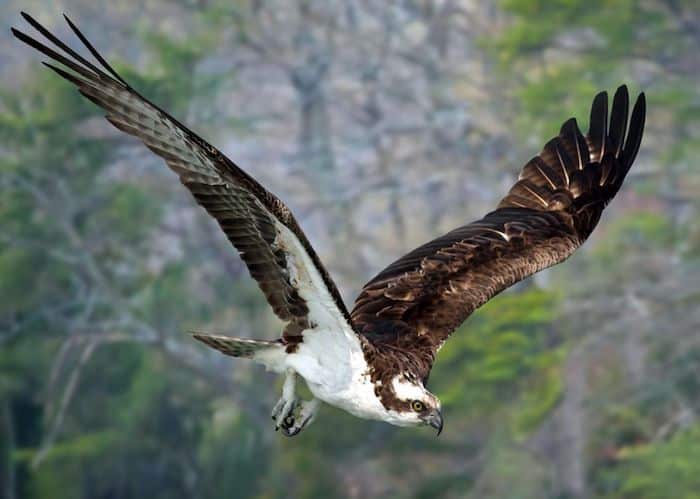The latest report by the Rare Breeding Birds Panel, published today, reveals four species of birds of prey, including Osprey, have reached record totals in the UK, as have several species of rare and colonising heron. However, two species...

The latest report by the Rare Breeding Birds Panel, published today, reveals four species of birds of prey, including Osprey, have reached record totals in the UK, as have several species of rare and colonising heron. However, two species of rare breeding bird failed to breed for the second year in succession. The report, which documents the status of 111 species and subspecies in 2021, brings together vital evidence for the rarest of our breeding birds, many of which are the subject of national and international conservation action.
The annual report of the Rare Breeding Birds Panel (RBBP) collates breeding evidence for the UK’s rarest breeding birds, drawing together information from volunteers who report their bird sightings to recording networks. The 2021 report covers 111 species or races of rare breeding birds reported breeding, considerably more than any previous RBBP report.
The populations of four rare birds of prey – Osprey, Marsh Harrier, Goshawk and White-tailed Eagle – are now higher than ever reported before. Some 281 pairs of Osprey were reported to the Panel, of which at least 232 laid eggs, and it is likely that a few more escaped detection in remote areas. When the RBBP started collating records in 1973 just 10 breeding pairs were known, all in northern Scotland; thanks to conservation efforts the species now breeds in all the mainland counties of Scotland, has expanded southwards into northern England, become established in Wales and – due to reintroduction projects – breeds in the East Midlands around Rutland Water and on the Dorset coast.
The report’s findings highlight that 2021 was also a good year for our rarer breeding herons, including Great White Egret and Cattle Egret. These are two of several heron species that are in the process of colonising the UK as a consequence of climate change and conservation actions, their breeding ranges pushing further north within Europe. Cattle Egrets began breeding in the UK in 2017 and numbers have increased every year since; with the current estimate of 63–77 pairs. Great White Egrets were reported breeding from 14 sites across southern areas in 2021, and the UK population is now thought to number 53–59 pairs.
The fortunes of another rare bird of prey, the Montagu’s Harrier, have been far less favourable. Only one male made a sustained effort to attract a mate and there were no records of any females. Montagu’s Harrier was at a similar low ebb when the RBBP published its first report (for 1973) but numbers did recover in the following years, which may give some hope for this Red-listed bird of prey. The Yellow-legged Gull, a Mediterranean species, started breeding in the UK in the 1990s, and nested every year from 2001 onwards, but last bred here in 2019.
The report also documents the very likely attempted breeding by Temminck’s Stint, a wading bird that last bred in the UK in 1997. A pair was present at a Highland site for two months and was seen to indulge in display flights and courtship behaviour, the birds thought to be visiting a nest; unfortunately heavy rain in early July resulted in the likely nest site becoming flooded.
Dr Mark Eaton, RBBP Secretary, said ’ The Rare Breeding Birds Panel was founded as an independent organisation in 1973, so we have been monitoring and reporting upon the populations of the UK’s rarest breeding birds for 50 years. Our work supports vital conservation efforts for these birds, identifying which species most need help and directing conservation effort.’
Dawn Balmer, BTO Head of Surveys and RBBP Chair said ‘The efforts of birdwatchers reporting rare breeding birds, and those volunteers who collate this information at the county level, are hugely appreciated and vital to our understanding of the changing fortunes of these birds. That we can prioritise conservation efforts to support our rare breeding birds, and monitor the success of these, reflects the hard work and dedication of countless volunteers.’
The post Report details mixed fortunes for the UK’s rare breeding birds appeared first on Fat Birder.


